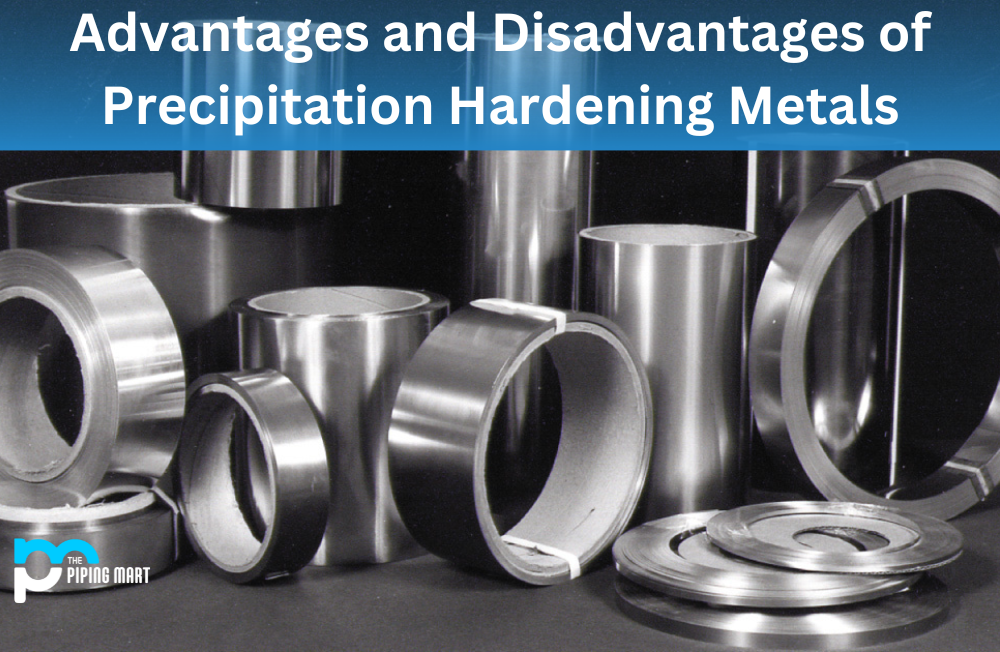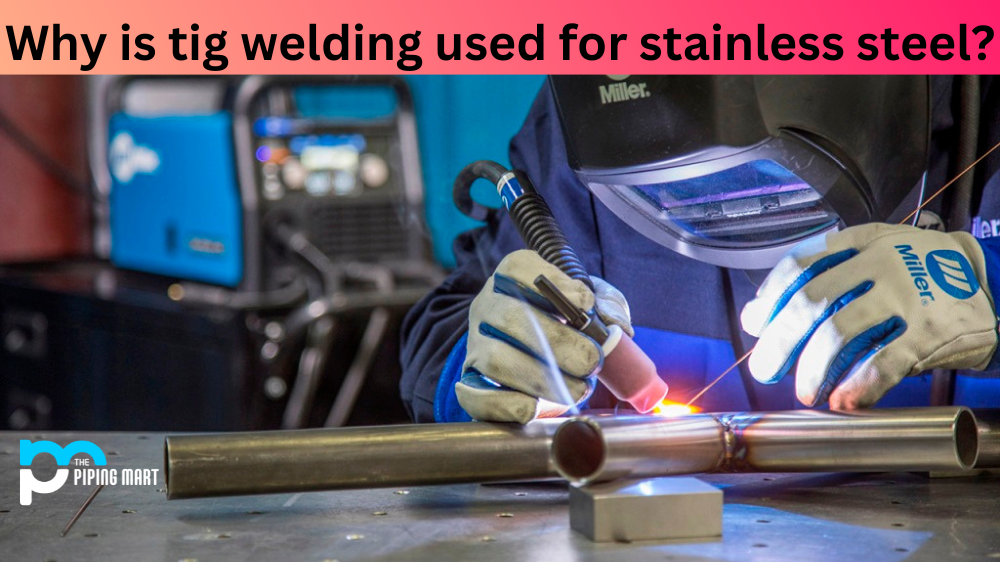If you’re looking for a way to strengthen metal alloys, precipitation hardening is an excellent option. This process involves heat-treating metals in order to increase their hardness and strength. It’s often used on alloys containing copper, aluminum, nickel, and magnesium, as well as stainless steel. But while it has many advantages, there are also some drawbacks to consider before making this type of treatment your go-to solution. Let’s take a look at some of the pros and cons of precipitation hardening metal.
Advantages of Precipitation Hardening Metals
One of the main benefits of precipitation hardening is that it significantly improves the strength of metal alloys without making them brittle or difficult to work with. It also increases corrosion resistance, which makes it ideal for applications where the material will be exposed to harsh elements over time. Additionally, this type of heat treatment can enhance wear resistance in certain materials such as stainless steel and can even improve electrical conductivity in some cases.
Strength
Precipitation hardening can increase the strength of a metal by up to four times. This is because the process of precipitation hardening creates a stronger microstructure within the metal.
Ductility
Precipitation hardening can also increase the ductility of a metal. Ductility is the ability of a material to deform under stress without breaking. This increased ductility can make precipitation-hardened metals more resistant to cracking and shattering.
Corrosion Resistance
Precipitation hardening can also increase the corrosion resistance of a metal. This is because the process of precipitation hardening creates a more homogeneous microstructure, which is less susceptible to corrosion.
Wear Resistance
Precipitation hardening can also increase the wear resistance of a metal. This is because the process of precipitation hardening creates a harder microstructure, which is more resistant to wear and tear.
Machinability
One downside of precipitation hardening is that it can decrease the machinability of a metal. Machinability is the ability of a material to be machined, or cut, into desired shapes. Precipitation-hardened metals are often more difficult to machine than their non-hardened counterparts
Disadvantages of Precipitation Hardening Metals
The biggest drawback with precipitation hardening is that it’s not suitable for certain types of metals such as cast iron or carbon steel due to their high levels of carbon content. Additionally, heating metal alloys too much can cause them to become brittle or prone to cracking and warping when cooled down quickly after the hardening process. Finally, the cost associated with this type of treatment may be prohibitive for some applications since it requires specialized equipment and labor costs can be expensive depending on the size and complexity of the job.
Increased Cost
Precipitation hardening is a process that can increase the strength of metal, but it also comes with an increased cost. The process is more complex than other methods of hardening, and it requires special equipment and training. As a result, precipitation hardening is typically only used for high-end applications where the increased strength is worth the additional cost.
Limited Applications
Precipitation hardening is also limited in its applications. The process can only be used on certain types of metals, and it is not effective for all applications. For example, precipitation hardening cannot be used to harden steel that will be exposed to high temperatures.
Time-Consuming
Precipitation hardening is a time-consuming process, as it can take days or weeks for the metal to reach its full strength. This can be a problem for applications where the metal needs to be used quickly, as the delay can cause delays in production.
Requires Specialized Equipment
Precipitation hardening also requires specialized equipment that may not be available at all facilities. This can further increase the cost of the process and limit its availability.
May Require Multiple Steps
In some cases, precipitation hardening may require multiple steps in order to achieve the desired results. This can add to the complexity and cost of the process, and it may not be feasible for all applications
Conclusion:
Precipitation hardening is an effective way to strengthen metal alloys without sacrificing ductility or other important physical properties. However, it’s important to understand both its advantages and disadvantages before using this method for your project or application. In general, if you’re looking for a cost-effective way to increase strength without compromising other qualities such as corrosion resistance or wear resistance then precipitation hardening may be a good option for you – just make sure you understand what metals are best suited for this type of treatment before getting started!

A passionate metal industry expert and blogger. With over 5 years of experience in the field, Palak brings a wealth of knowledge and insight to her writing. Whether discussing the latest trends in the metal industry or sharing tips, she is dedicated to helping others succeed in the metal industry.




